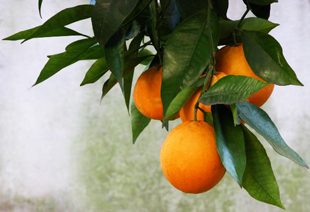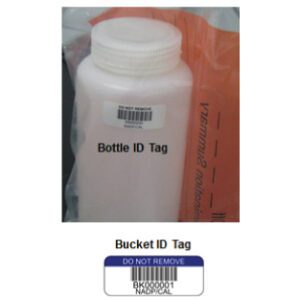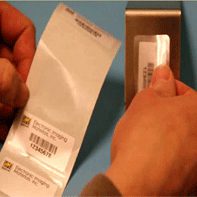Did you know that every day FOUR plant species risk extinction? Alright, imagine if various kinds of vegetation vanished altogether… How would mankind sustain its existence, you ask? Plant species are absolutely essential to our survival as they recreate vital plant organisms that produce oxygen and maintain nourishing food sources. And we get to help provide cryo seed storage labels. Let us explain.
 Lucky for us―important measures are already underway to plan for a cataclysm like this! The process of storing seeds from all living vegetation on Earth has been making good progress to ensure the sustainability of our planet. Thanks to the preparation of skilled bio-scientists, databasing of these specimens in safe storage facilities opens the possibility of replanting what may become lost or mutated from the original composition.
Lucky for us―important measures are already underway to plan for a cataclysm like this! The process of storing seeds from all living vegetation on Earth has been making good progress to ensure the sustainability of our planet. Thanks to the preparation of skilled bio-scientists, databasing of these specimens in safe storage facilities opens the possibility of replanting what may become lost or mutated from the original composition.
Collecting and storing seeds in seedbanks for future use is a collaborative effort vital to the global security of food. Worldwide there are many highly secured facilities that hold precious seed specimens. Essentially a form of gene bank, there are over 1300 seedbanks throughout the world, many of which are located in very remote locations, such as on secluded islands in the Northern Arctic.
Gene-banked samples will be accessed for use in genetic modification, epidemiology (category of science that studies causes and management of diseases in populations), systematics and taxonomy (systematic classification of organisms and evolutionary connections within them), biodiversity conservation, adaptation analysis, environmental monitoring, forensics and any other new practices that may need to be studied.
Measures for seed storage begin when samples are received by mail to be placed in a gene bank. First, the seeds are put in an area that holds a constant temperature of 5°C for anywhere from 1 to 5 days. Crucial information is recorded and added to a Laboratory Information System (LIS) database. From there, the moisture and humidity content is regulated for approximately a month. Germination tests are next administered to assess the quality of the samples. Again, critical detailed reporting is documented. Liquid nitrogen is finally applied to evaluate the specimen reactions before approval is given. If specimens react appropriately, the seed samples will be weighed and packaged in a heat-sealable aluminum bags with an informational barcode labels adhered to the outside. Throughout, it is fundamental to enter relevant data about the specimens into a database for instant traceability, reporting test results and correlating information about the seed specimens for future use.
CryoLabel® for Seed Storage

Since information related to seed specimens is so crucial for long-term storage, durable, reliable barcode labels play an important role in managing these seed banks. With barcodes, traceable information can quickly be retrieved along with all relevant information. While seed samples are undergoing evaluation―even in cryogenic storage―it is essential that specimens have labels that will function in tough environments involving chemicals, extremely low temperatures, and dampness.
For this type of application, EIM offers our unique, specifically engineered CryoLabel® materials, available either as pre-printed or blank labels. Blank labels give a facility the option to do onsite printing right when they need their labels.
Our CryoLabel® labels are made from a sturdy plastic material that resists chemicals and moisture, but most importantly, they can withstand the extreme cold temperatures needed to eliminate moisture. They offer excellent durability and will withstand long-term storage without deterioration of the label or its printed information. Seedbanks can rest easy knowing our cryo seed storage labels will ensure the security and safekeeping of their valuable investment in our future.
Do YOU need help with choosing labels for a cryogenic storage project? Contact The Label Experts and get personalized, one-on-one expert help now!




